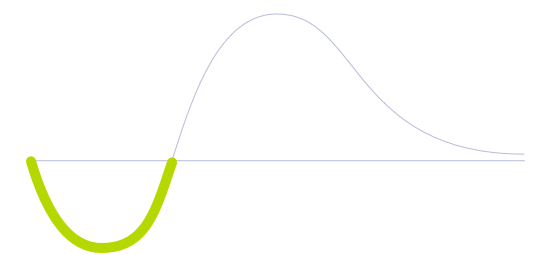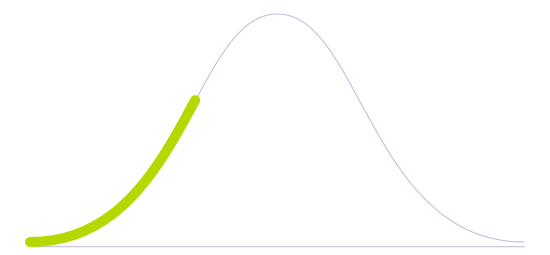Regenerative Medicine

Technology Life Cycle
Initial phase where new technologies are conceptualized and developed. During this stage, technical viability is explored and initial prototypes may be created.

Technology Readiness Level (TRL)
Research is considered viable and ready for further development after experimental analysis of the technology concept.

Technology Diffusion
Embrace new technologies soon after Innovators. They often have significant influence within their social circles and help validate the practicality of innovations.

Grounded in engineering and life science principles, regenerative medicine is the process of replacing or regenerating cells, tissues or organs to restore or establish normal function. Examples of regenerative medicine include cell therapies (the injection of stem cells or progenitor cells), immunomodulation therapy (regeneration by biologically active molecules administered alone or as secretions by infused cells), and tissue engineering (transplantation of laboratory-grown organs and tissues). In the latter, if a regenerated organ's cell source is derived from the patient's own tissue or cells, the challenge of organ transplant rejection via immunological mismatch is avoided. The goal is to restore, maintain, or improve damaged tissues or whole organs. It encompasses numerous strategies, including the use of generated cells or materials, as well as various combinations thereof, to take the place of missing tissue, effectively replacing it both functionally and structurally, or to contribute to tissue healing.
Created by the secretions of groups of cells, the extra-cellular matrix or scaffold is more than just a support for cells; it also relays various signaling molecules, with cells receiving messages from many sources that become available from the local environment. Researchers are focused on understanding how individual cells react to signals, interact with their environment, and organize into tissues and organisms so that they can manipulate these processes to mend damaged tissues or create new ones. The process starts either by building a scaffold, from proteins to plastics, and once created, cells (with or without growth factors) are introduced to it. If the environment is correct, a tissue develops or a new tissue can be created using an existing scaffold with the cells of a donor organ stripped and the remaining collagen scaffold used to grow new tissue. In this manner, heart, liver, lung, and kidney tissue has been bioengineered in labs.
While still a relatively young field, regenerative medicine is a promising solution for a variety of incurable degenerative conditions and could help to revolutionize healthcare treatment. Research has explored several applications, including Type 1 diabetes, wound healing, brain injuries, cardiac function, and eye conditions.
Future perspectives
Though it offers a promising solution, regenerative medicine faces many challenges before it can become mainstream, the most challenging of which are efficiency and safety issues. If these challenges can be overcome, regenerative medicine could be used in the future across a range of medical applications.
It holds the potential to regenerate damaged heart tissue after a heart attack, repair spinal cord injuries, regenerate bone and cartilage, and restore damaged organs such as the liver or kidneys. Since the shortage of organ donors is a significant current problem, Regenerative Medicine could offer alternatives to this by growing organs and tissues in the laboratory, using a patient's own cells or using stem cells to stimulate organ regeneration, which would also decrease the rate of organ transplant rejection.
Currently, untreatable conditions like Parkinson's disease, Alzheimer's disease, cardiovascular diseases, and spinal cord injuries could be treated using strategies to repair or replace damaged nerve cells. Furthermore, regenerative medicine could address age-related degeneration by rejuvenating or replacing aged cells and tissues, leading to advancements in anti-ageing therapies and the restoration of youthful functions.
If combined with artificial intelligence, soft intelligence biomaterials, and nanorobotics, regenerative medicine potential could be heightened even further.
Image generated by Envisioning using Midjourney